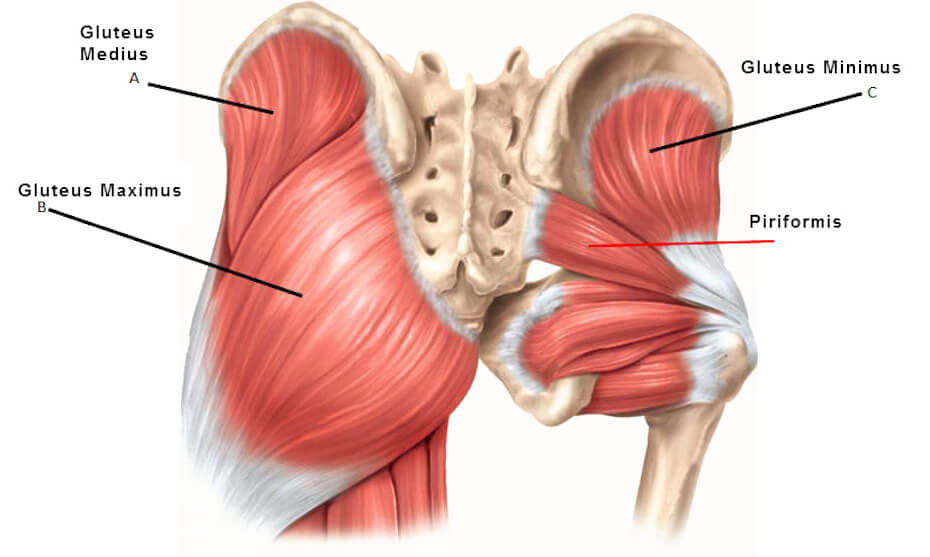Treating Piriformis Syndrome with Acupressure and Myofascial Release
 On my trip to Savannah last week, I had a very nice conversation with the woman sitting next to me. When I told her that I was a bodywork therapist; she asked if I knew of Piriformis Syndrome. Though I knew something about treating it, I was intrigued to do more research.
On my trip to Savannah last week, I had a very nice conversation with the woman sitting next to me. When I told her that I was a bodywork therapist; she asked if I knew of Piriformis Syndrome. Though I knew something about treating it, I was intrigued to do more research.
The piriformis is a flat, band-like muscle deep within the buttocks that runs from the front of the sacrum to the hip joint (head of the femur). It functions to laterally rotate the hip and is a core stabilizing muscle. The piriformis is important because the sciatic nerve runs under it, and in a small percentage of people, the sciatic nerve runs through it. Therefore, injury or inflammation to the piriformis can irritate the sciatic nerve and cause sciatica. When this occurs, it is called piriformis syndrome.
Piriformis syndrome is different from true sciatica which is usually the result of herniated spinal discs, physical trauma, osteoarthritis or years of prolonged sitting and bending. True sciatic pain also takes longer to treat.
The symptoms of piriformis syndrome are pain deep in the buttocks that may radiate down the back or side of the leg through the knee. This pain can present in many ways, sharp or dull and achy, or nagging with numbness and tingling. Symptoms are like true sciatica, but with piriformis syndrome pain usually stops at the knee and there are tender trigger points in the butt. It is best to consult a doctor for a definite diagnosis.
This syndrome is common to runners or people who sit for long periods of time commuting or at their job. My friend on the plane had recently run an extreme marathon. Overuse can create spasm in the piriformis, pinching the sciatic nerve. Piriformis syndrome is more common during the winter when people have been out in the cold. Treatment in Chinese Medicine would include acupuncture, acupressure, heat, bodywork, stretching and at-home care. The home care treatment would be applying heat to the area, applying sustained pressure to the trigger point by sitting on a tennis ball and gentle stretching.
“A simple stretch for the Piriformis muscle: sit in a chair with both feet on the floor. To stretch the right side, place your right ankle across the top of your left knee. Then gently lean forward until you feel the stretch in your butt. Repeat on the other side by reversing the action”.
It may take weeks to achieve pain relief from an acute problem, a chronic problem will take longer, but of course, everyone is different.


